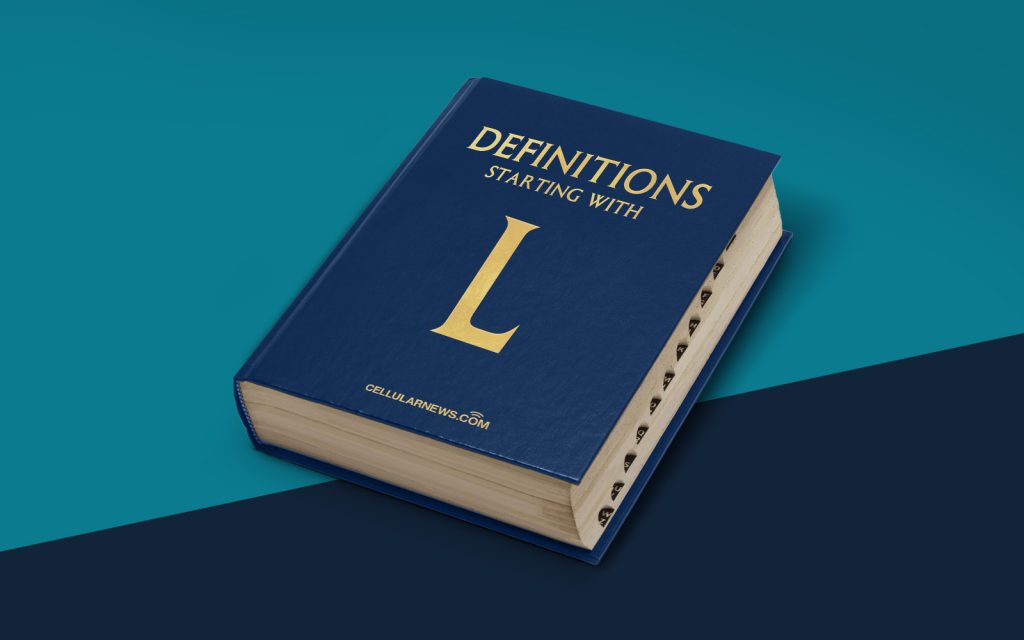
A Closer Look at Lesser General Public License (LGPL)
Welcome to another article in our “DEFINITIONS” series! Today, we are going to dive into the world of open-source software licensing and explore the Lesser General Public License (LGPL). If you have ever wondered what LGPL is and how it differs from other licenses, you’re in the right place. So, let’s get started and unravel the mystery of LGPL!
Key Takeaways
- LGPL is an open-source software license that allows developers to use and distribute software while maintaining the freedom to modify and distribute their changes.
- LGPL provides a middle ground between strict copyleft licenses like the GNU General Public License (GPL) and permissive licenses like the MIT License.
What is the Lesser General Public License (LGPL)?
The Lesser General Public License (LGPL), also known as the Library General Public License, is a permissive open-source software license. It was originally created by the Free Software Foundation (FSF) as a way to allow developers to use and distribute code as part of a larger software project while also preserving the freedom to modify and distribute their changes.
The LGPL is often used for software libraries or components that are designed to be used by other applications. It allows developers to link their proprietary code with the LGPL-licensed library without forcing the rest of their application to be released under the LGPL or any other open-source license. This flexibility makes LGPL a popular choice for both commercial and open-source projects.
How does LGPL differ from other licenses?
LGPL falls somewhere between strict copyleft licenses like the GNU General Public License (GPL) and permissive licenses like the MIT License. Here are some key points that set LGPL apart from other licenses:
- Modifications and Derivative Works: Unlike strict copyleft licenses, LGPL allows developers to modify the original code and distribute it under any license they choose, including proprietary licenses. However, if you modify the LGPL-licensed library itself, you must make the modified source code available.
- Linking with Proprietary Code: LGPL permits developers to link their proprietary code with the LGPL-licensed library without forcing the entire application to be released under the LGPL. This makes LGPL a suitable choice for commercial applications that want to utilize open-source libraries.
In summary, LGPL strikes a balance between granting developers the freedom to modify and distribute LGPL-licensed code while providing greater flexibility for proprietary software integration.
In Conclusion
By now, you should have a clearer understanding of what the Lesser General Public License (LGPL) is and how it differs from other open-source licenses. Its unique approach of allowing developers to link their proprietary code with the LGPL-licensed library while maintaining certain freedoms makes it an attractive choice for many projects.
Whether you are a developer looking to use or contribute to LGPL-licensed software or simply someone curious about the world of open-source licensing, understanding the LGPL is essential. So next time you encounter LGPL in the wild, you’ll know exactly what it means!
